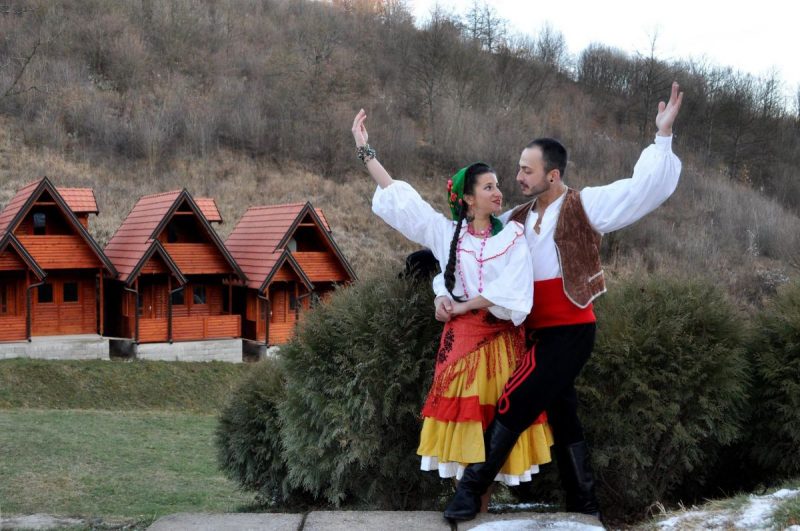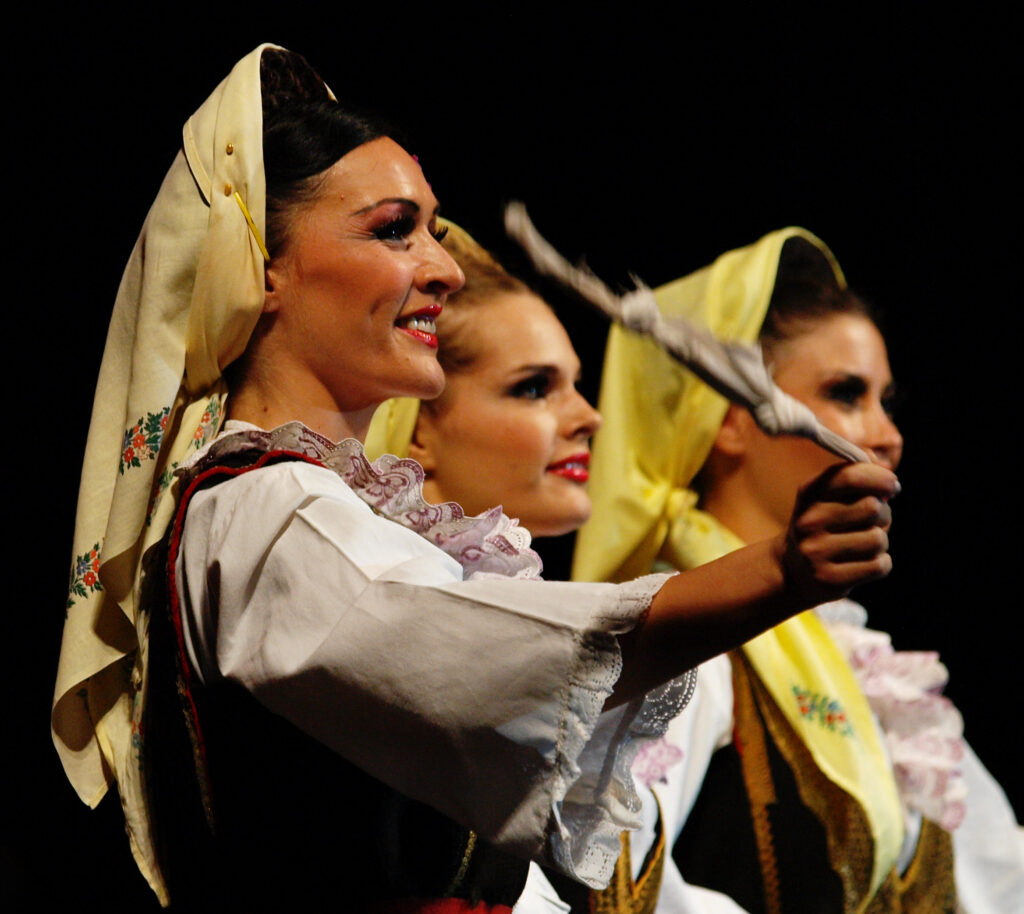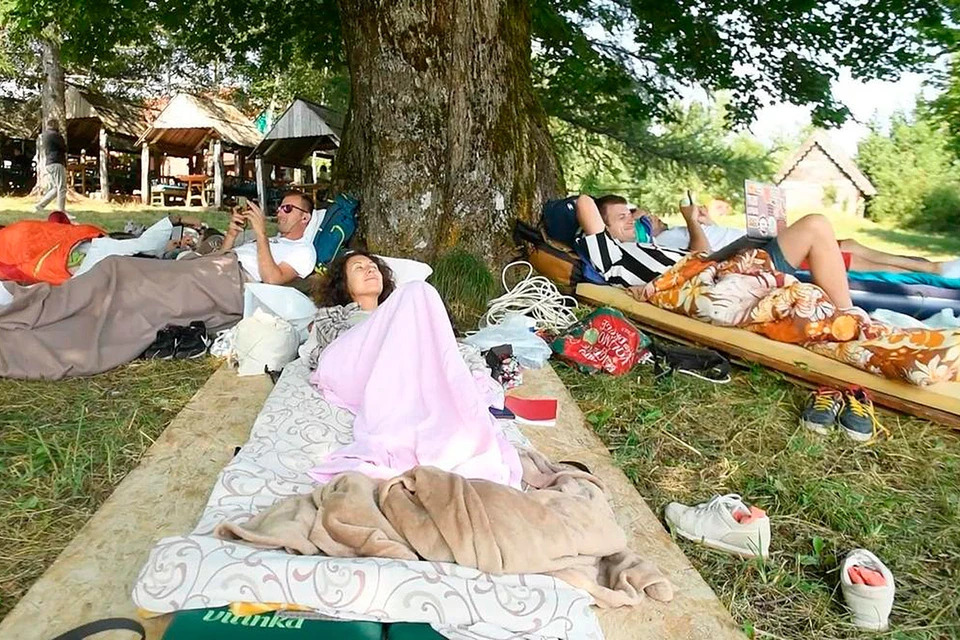Traditions of national games in Montenegro
Montenegro, a gem nestled in the Balkans, boasts a rich tapestry of cultural traditions. Among its many facets, the National Games of Montenegro stand out as a true representation of its vibrant heritage. And in this a lot of traditions of national games in Montenegro
The roots of these games trace back to ancient Slavic rituals and customs. Over time, they evolved, assimilating influences from various conquerors and neighboring cultures, but always maintaining their unique Montenegrin essence. These games, beyond mere entertainment, often served as ways to pass down historical tales, moral lessons, and even skills necessary for survival.
Many of the games have origins in agrarian practices and pastoral life. For instance, some mimic the actions of sowing seeds or herding cattle, while others are reminiscent of martial practices, a nod to Montenegro’s history of warfare and defense against invaders. Such games not only offered recreation but also trained the young in skills that were vital for their community.
In gatherings, especially during festivals or significant events, these games turned into grand spectacles. Dancing, singing, and a competitive spirit combined, making them a social bonding exercise. The intricate steps, synchronized movements, and rhythmic chants spoke of unity, strength, and the shared joy of a community.
Modern-day Montenegro, while embracing global influences, still cherishes these traditional games. They are not just relics of a bygone era but living traditions. Schools, local communities, and national institutions make efforts to preserve and promote them. The National Games of Montenegro, in today’s context, serve as a bridge, connecting the younger generation with their roots, ensuring that the tales of valor, love, and community of their ancestors are not forgotten.
In conclusion, the traditions of national games in Montenegro are more than just games; they are stories, lessons, and traditions wrapped in rhythm, movement, and joy. A testament to Montenegro’s rich past and a promise of its vibrant future.

Montenegro's National Games from Children to Adults
The National Games of Montenegro are a vivid representation of the country’s rich cultural tapestry. They encompass a range of activities, from innocent children’s pastimes to intense adult competitions, reflecting Montenegro’s vibrant heritage through play and sport.
Childhood in Montenegro is often marked by playful games that have been passed down through generations. These games, set against the backdrop of Montenegro’s picturesque landscapes, are more than just frivolous fun. They teach children important life lessons about teamwork, strategy, and respect for tradition. Games like “Hide the Belt” and “Jump Over the Stream” not only ensure laughter and joy but also instill agility and sharpness in the young ones.
As children grow, the games evolve in complexity, moving from playful pastimes to more competitive challenges that test physical strength, endurance, and strategic thinking. The adult versions of these national games often become community events, gathering spectators and participants alike. Wrestling, stone-throwing, and tug-of-war are just a few examples of the games that turn into full-fledged competitions, celebrating Montenegro’s spirit of resilience and strength.
In fact, Montenegro’s national games from children to adults. And these competitions are not limited to local festivities. The National Games of Montenegro have gained recognition on regional and even international stages. Participants train rigorously, showcasing their skills and upholding Montenegro’s honor in front of audiences from various parts of the world.
In essence, these games are a journey, beginning in the innocence of childhood and maturing into the competitive spirit of adulthood. They are a mirror to the Montenegrin way of life, reflecting values, traditions, and the indomitable spirit of its people. Through the National Games of Montenegro, generations have remained connected, ensuring that the legacy of play, competition, and tradition continues to thrive.

Significance of National Games in Montenegro Culture
The National Games of Montenegro are not merely forms of entertainment; they are a deeply embedded aspect of Montenegrin culture, carrying with them a wealth of symbolism and historical significance. These games are a living testament to the country’s past, the struggles it has faced, and the unity of its people.
At their core, the games act as storytelling mediums. Each game, with its unique set of rules and traditions, narrates a chapter of Montenegrin history or a lesson from its folklore. For instance, some games mimic ancient battle strategies, reminding the young of their ancestors’ courage and wit. Others might be rooted in tales of love, nature, or local legends, giving participants and spectators a glimpse into Montenegro’s rich tapestry of myths and tales.
But beyond historical recounting, the National Games of Montenegro serve as a platform for imparting values. They promote virtues like teamwork, honor, perseverance, and respect for opponents. For example, a game that involves team strategy not only emphasizes the importance of working together but also celebrates the Montenegrin spirit of community and togetherness.
Furthermore, the significance of national games in Montenegro culture are very big. Games that involve stone throwing or river crossing are not just a test of strength and agility; they echo the rugged terrain of Montenegro, its mountains, and its rivers. They subtly remind players and spectators of the bond they share with their land.
In the broader cultural context, these games are also significant social events. They foster community spirit, bridging gaps between generations. Elders pass down techniques and strategies to the young, ensuring that the essence of the National Games of Montenegro remains intact. The camaraderie witnessed during these events is a reflection of the close-knit Montenegrin community, where traditions and values are treasured.
In conclusion, the significance of national games in Montenegro culture are more than just pastimes; they are symbolic vessels that carry with them the heart and soul of Montenegrin culture, connecting the past, present, and future in a continuous, vibrant loop of tradition and values.

Modern National Games of Montenegro
In the age of technology and globalization, the modern national games of Montenegro stand as a testament to the enduring spirit of tradition. Even as the world moves rapidly forward, these games remain an indelible part of Montenegro’s cultural fabric. However, the modern lens offers both challenges and opportunities for these cherished customs.
Contemporary times have seen a renaissance of interest in traditional practices worldwide. The modern national games of Montenegro have benefitted from this trend. Younger generations, often driven by a desire to reconnect with their roots, are enthusiastically participating in these games. They’re not just seen as ancient practices but as a bridge that links them to their heritage.
However, with this renewed interest comes the challenge of authenticity. While it’s essential to preserve the essence of these games, there’s also a risk of them becoming overly commercialized or diluted for broader appeal. Events tailored for tourists might sometimes prioritize entertainment over authenticity. This balance between tradition and modern appeal is a delicate one.
Innovation has also touched these games. Modern adaptations of the National Games of Montenegro have emerged, marrying traditional rules with contemporary twists. Such evolutions can be seen in the use of modern equipment or the incorporation of newer disciplines. While purists might argue against such changes, they undeniably ensure that the games remain relevant and accessible to today’s youth.
The Montenegrin government and cultural bodies play a pivotal role in preserving these games. Recognizing their cultural and symbolic significance, initiatives have been launched to document and standardize game rules, ensuring they’re passed down in their true form. Schools and community centers have also integrated these games into their curriculum and events, emphasizing their importance to the younger generation.
To conclude, the National Games of Montenegro, when viewed through the prism of modernity, are not static entities but dynamic practices evolving with the times. While the core of these games — their spirit, symbolism, and cultural significance — remains unchanged, their expressions adapt, ensuring that they continue to be a beloved part of Montenegro’s identity in the years to come.

